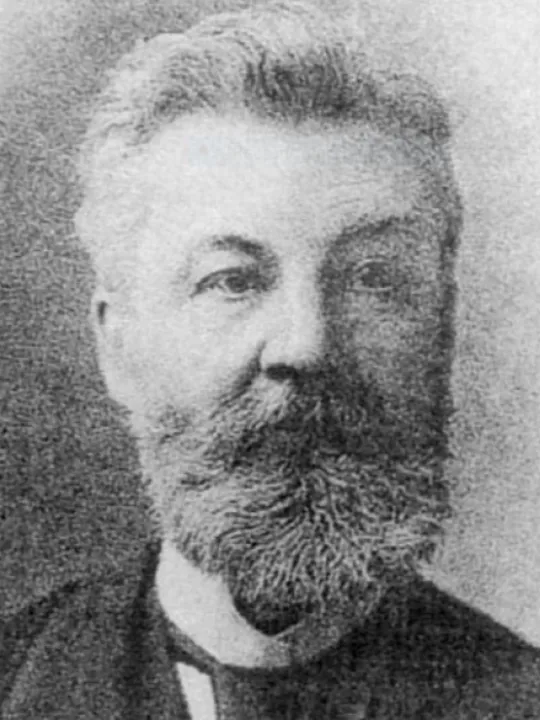John Douglas - 1830-1911
John Douglas was born in Sandiway, on the edge of the Cheshire Sandstone Ridge, in 1830.
He was a prolific Cheshire architect, designing over 500 buildings in Cheshire, Wales and North West England.
In the 1840s, Douglas became articled to the prominent Lancaster architect EG Paley.
It was here that he gained grounding in ecclesiastical commissions which would influence some of his later work.
He worked on grand houses (most notably Eaton Hall), lodges in parks, churches, pubic buildings, entire rows of shops and perhaps most famously, the Eastgate Clock in Chester.
His style was broad, borrowing from European architecture with a romantic, fairy-tale flair influenced by Germanic castles. His work is characterised by half-timber, brick and terracotta, a mix of Gothic and Renaissance elements, and barley sugar twist chimneys.
Many of his buildings, using local Cheshire sandstone, contribute to the heritage of the Cheshire Sandstone Ridge.
The renovated Broxton Old Hall, for example, recorded in the National Heritage List for England as a designated Grade II listed building, was designed by John Douglas.
The Church of St John the Evangelist, Cuddington and Vale Royal Abbey, Whitegate, both of which are also Grade II listed buildings, are further examples of the remarkable legacy of this Cheshire architect on the Ridge.
Douglas was a member of the Chester Archaeological Society for half a century, joining in 1861, and his obituary can be found in the 1911 edition of the society's journal, which records;
' ...his reproductions of the Cheshire style in both City and Country are a pleasing monument to (his) memory ...'.

Sandstone Ridge Trust
Registered Company No. 7673603
Registered Charity No. 1144470
info@sandstoneridge.org.uk

